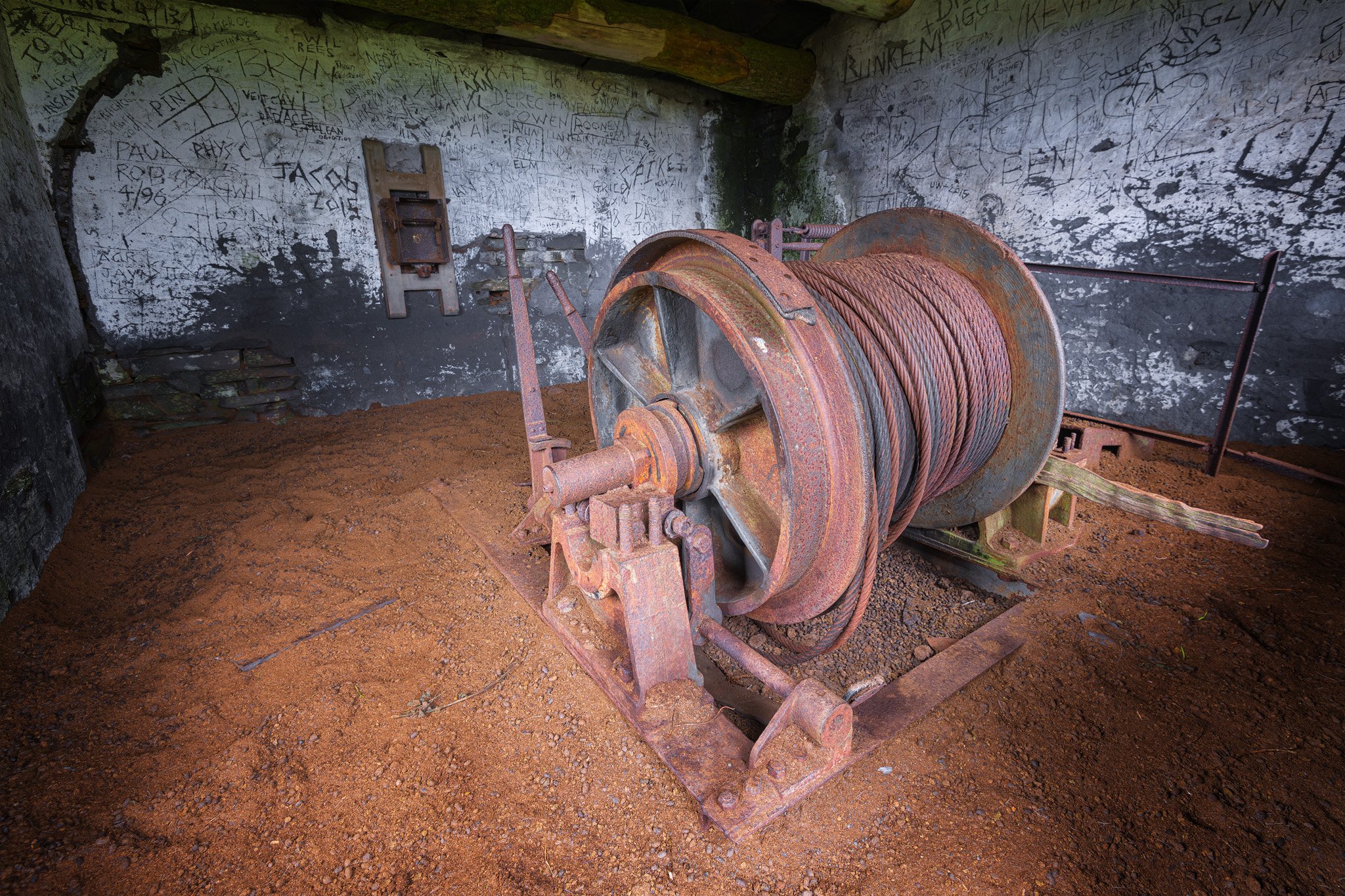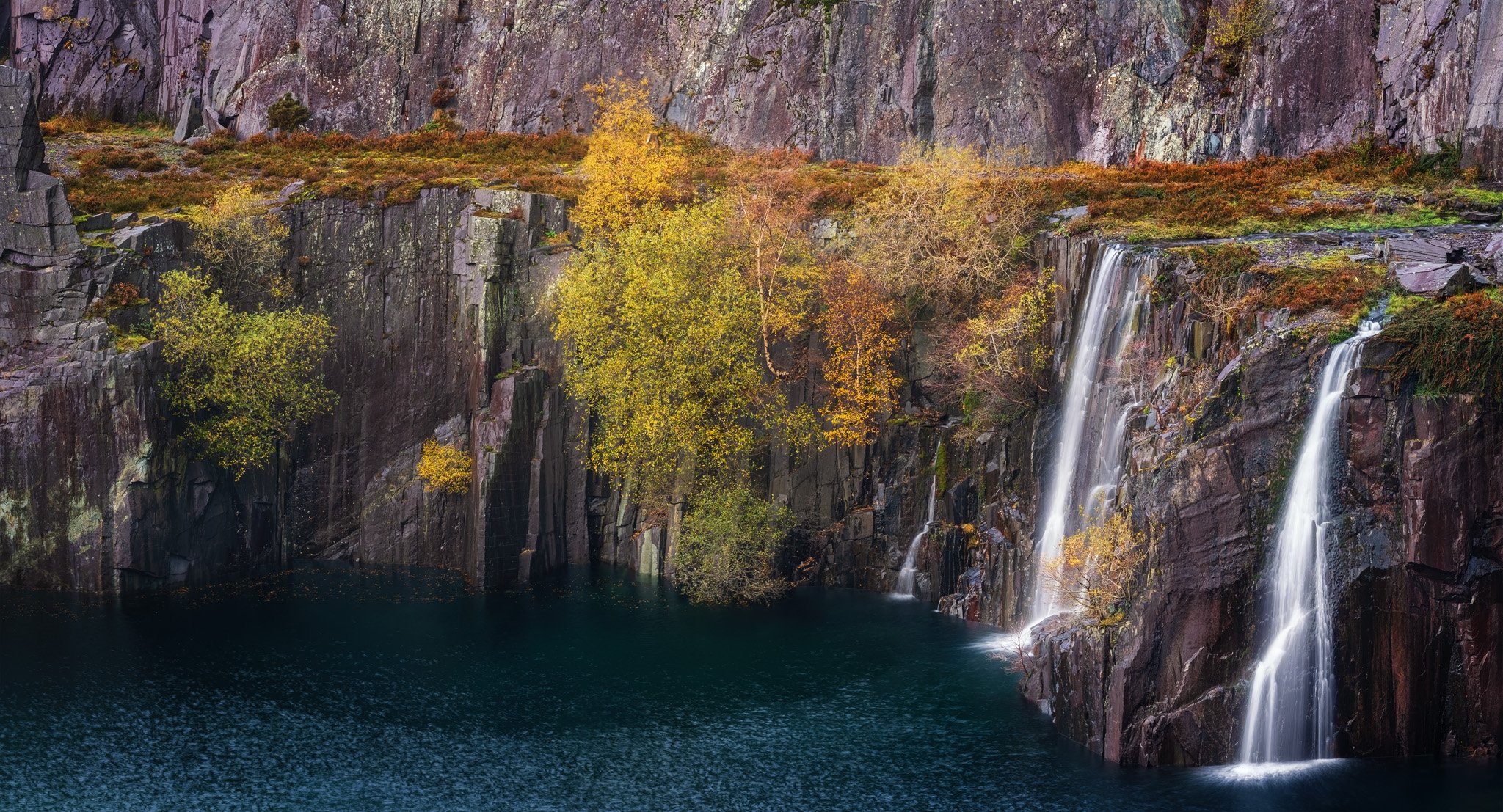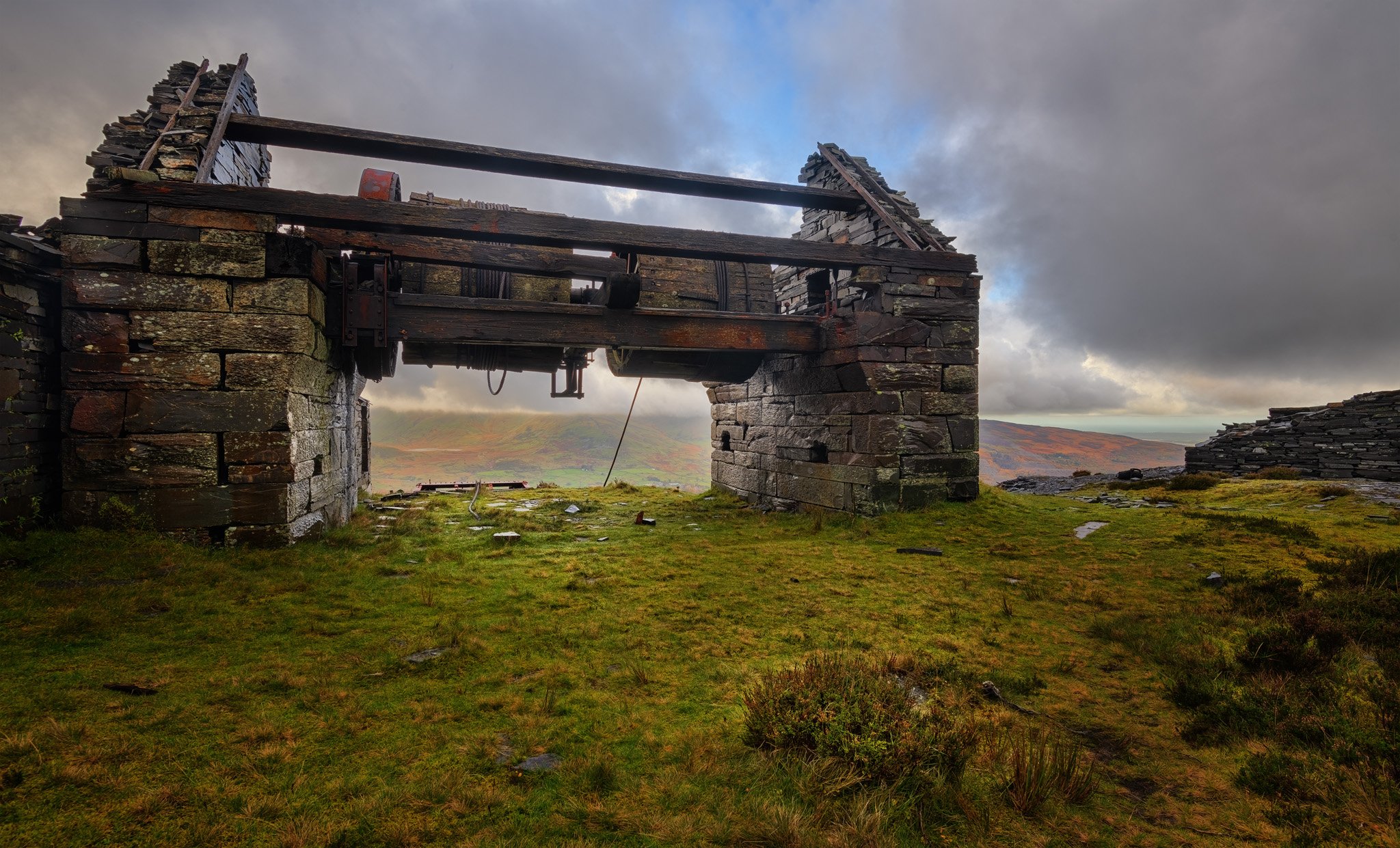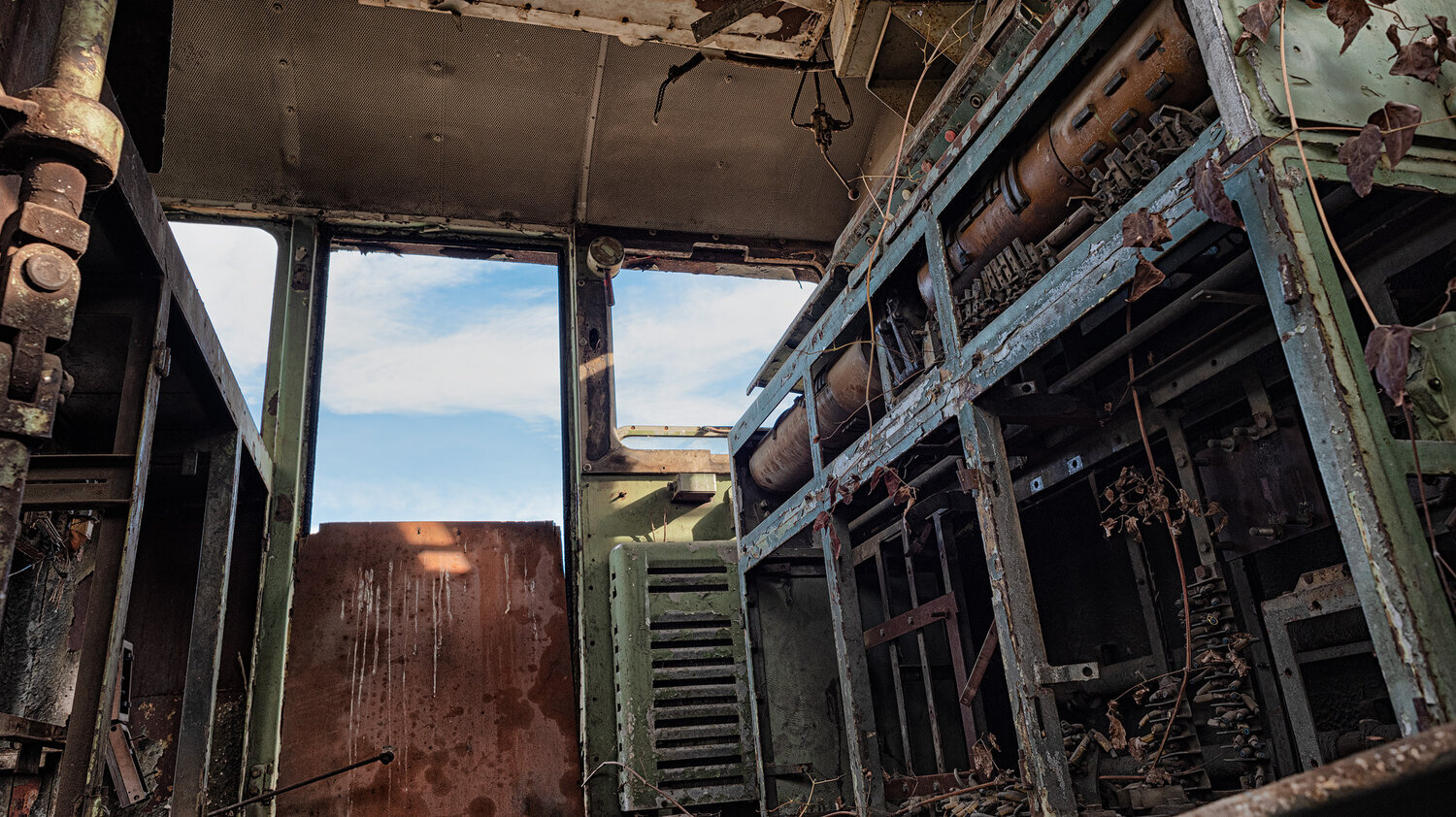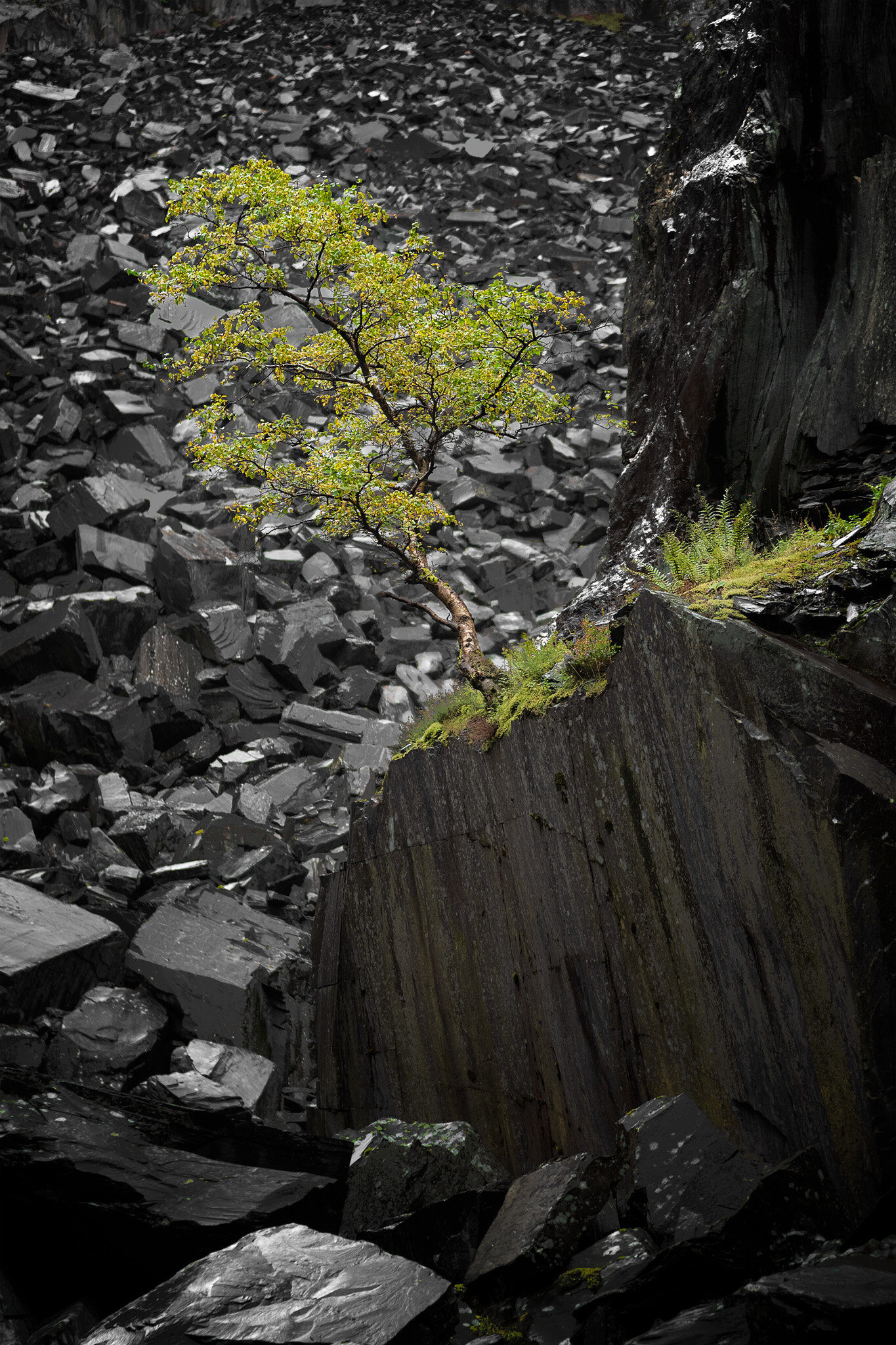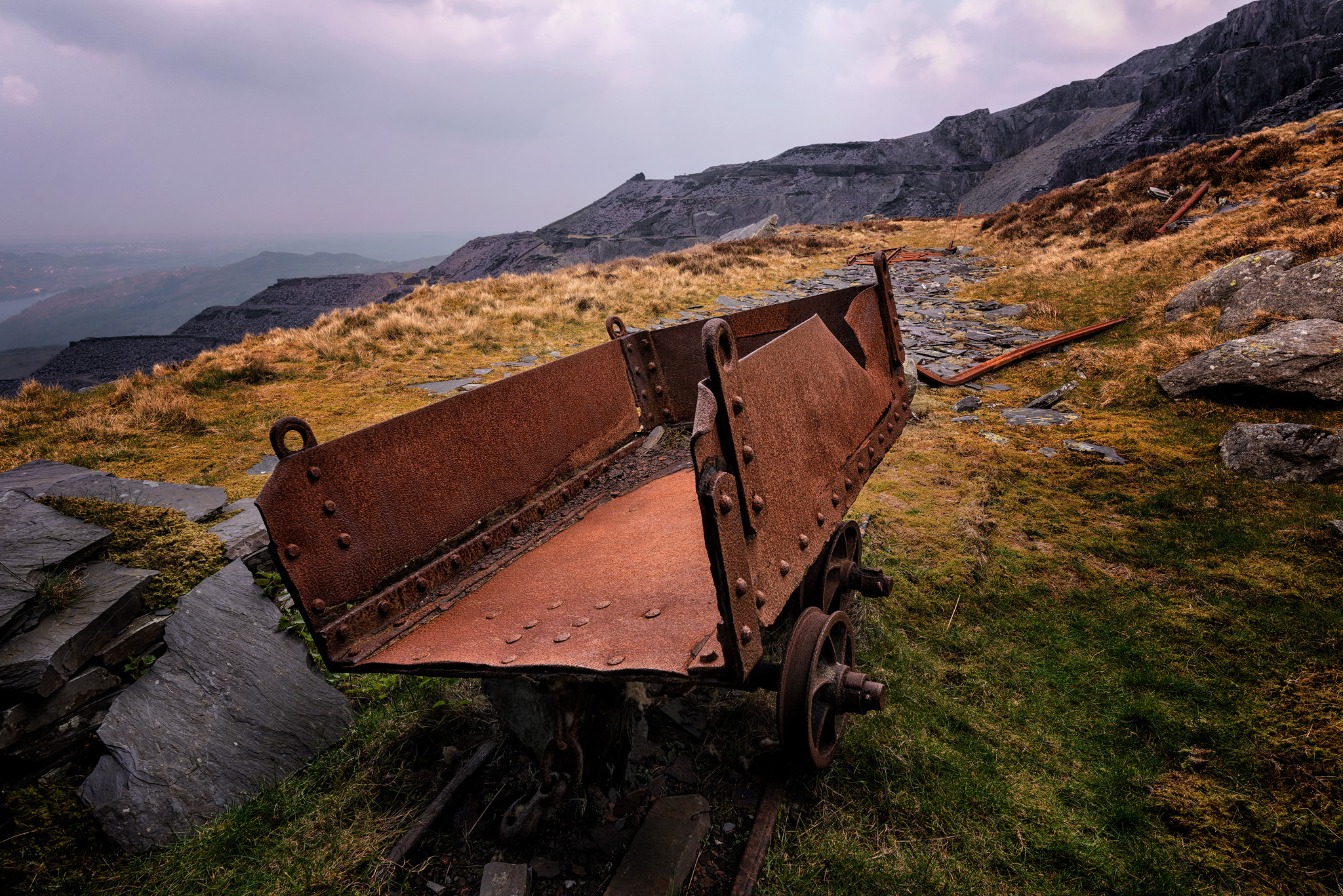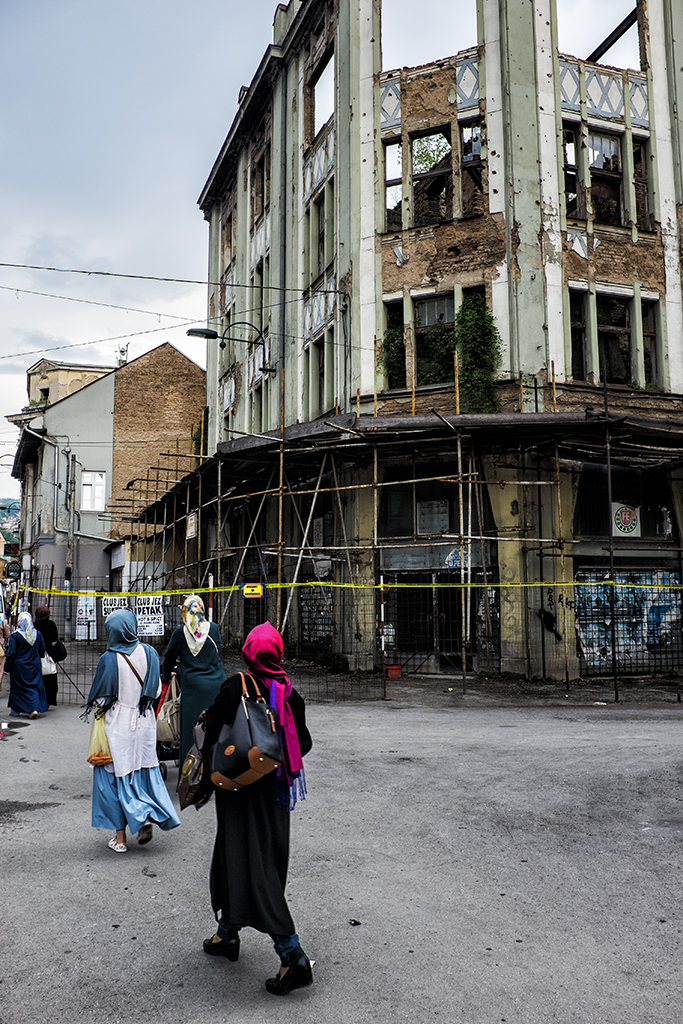Social media has quickly become a huge tool for creatives to share and promote their work. It can be used to build a following and create a community, both of which can help to increase sales and business.
Sadly, it’s not as easy as setting up an account and posting occasionally. It takes a little work to build and maintain your platforms, but the benefits can be well worth it if you put a little time and effort in.
Social Media Platforms
Let’s start off by taking a look at the social media channels that are currently recommended for photographers as of March 2020. Keep in mind, new platforms are constantly being launched so try not to miss out by keeping up to date with social media news.
Facebook - Likely the best-known social platform, Facebook is a great tool for photographers. You can share statuses, updates, pictures, videos and stories.
Instagram - Owned by Facebook and possibly the best platform for photographers, Instagram is made for sharing images and videos with short captions as well as stories.
Twitter - Twitter is a useful platform, perfect for sharing short tweets, images and video. You only have 280 characters per tweet so it’s all about short and snappy content.
LinkedIn - Essentially Facebook for professionals and businesses. It’s likely only worth using this platform if you are into the business side of photography, but if you are, it can be a useful tool to capture your audience. You can share business updates, successes, videos and images.
Pinterest - Pinterest is a great place to put any products featuring your images out for people to “pin” to their virtual notice board. For example, if you create a series of Azutura wall murals, you could share these so users can use them for home decor inspiration and find your products.
Set up an account for the platforms you think will be most relevant to your type of photography. It’s likely worth trying them all out and seeing which is the most effective for you.
For each platform, when available, you should be using a business account. This will allow users to quickly identify you’re a business, give you access to further analytics to see what is and isn’t working and access adverts.
Create a Brand
You need to keep in mind that although photography is creative, it’s still a business. Because of this, creating a brand is a necessity. If you have branding for your website that is easy to use, try to incorporate it into both your social media profiles and your posts. Use the right names, colours, logo and wording to tie everything together.
Furthermore, stick to your style and brand with your posts. Try to adopt a colour palette and style of image so if someone was to glance at your page, everything flows and compliments each other. If something doesn’t fit, try using a story rather than posting to your main feed. If your work is varied, try to group together styles, especially on Instagram as there are rows of three images.
Creating a brand will help you become easily recognisable and ensure you stick in a person’s mind, encouraging people to keep coming back to you for their photography needs.
Think about who you are and what makes you different and use that to shape your social media brand.
Keep Up Regular Posting
A huge part of growing and maintaining a following on social media is to consistently post interesting content. You should be posting on each platform’s main feed at least once a day, more if possible.
In addition to posting once on the main body, on sites like Instagram, Facebook and soon Twitter, you should also be posting stories. Stories are short videos or images that are only available for 24 hours. You can have fun with them and be a little more informal.
Try to combine using every type of posting to engage the different types of social media users.
A great way of ensuring you’re posting on a regular basis is to create a schedule. Plan how many of the different posts you’ll be putting up each day and what kind of time. Different times can be better for engagement so see what time works for you and your followers by trial and error and checking interaction.
If you don’t want to waste your time posting every day, use a scheduling tool to plan your posts for a week or two in advance. There are a lot of free tools you can use including Later, Buffer, Hootsuite, etc. You can plan your boilerplate content and add in additional posts whenever you want.
Use Hashtags
Even if you don’t use social media, it’s pretty likely you’ll be aware of the modern-day purpose of hashtags. They allow you to tag posts on social media so they can be found by users. Hashtags should be used on all the different social media platforms we outlined above as they’ve all adopted this way of working.
Not sure what hashtags to use? Try a hashtag generator or check out what similar people in your industry use. Try to target the tags with a big following as well as those that are a little more niche as they will likely be better for engagement.
For the hashtags you use on every post, it’s worth taking note of them so you can copy and paste them rather than typing them out every time. This will save you a huge amount of time and effort.
Don’t go overboard with the number of hashtags you use. Stick between five and ten to avoid looking spammy to your followers.
Engage Your Followers
Social media shouldn’t just be you putting out content for people to react to. You need to speak to your audience and have a real conversation.
Like and respond to comments to make your followers feel valued. It will also help your visibility with the followers of your audience, potentially improving your own interaction. While you’re at it, like and comment on their posts too when they interest you.
Another good technique is to ask for feedback. If you post a new type of photograph, ask your audience for their opinion in the comments. Not only is this good for your audience but you can also receive feedback for your work.
Finally, try running competitions or giveaways to get your followers active. Offer a small print of your work if they like and share your post. It doesn’t have to be anything big or costly, just something people will like.
Engage with your Community
As well as keeping your own followers interested, you should try to engage in relevant online communities.
There are several ways you can do this: join groups on sites like Facebook, submit your work to pages on Instagram that repost photographs, search hashtags to find like-minded individuals and comment and like other peoples’ pages and posts.
Doing this will help you grow your own following and make your social media experience more enjoyable.
Keep it Interesting
Although you should be posting on a regular basis, you need to keep your post and stories interesting to your audience. Don’t just post for the sake of it. Find out what your followers like and create content that’s worthwhile.
Don’t be afraid to evolve. Try new things and keep going with what works.
Most of all, show off your unique personality!
Additional Tips
Make sure you always upload a picture rather than plain text. This will help your post to stand out
Only post your best work - It doesn’t matter whether it’s a photograph of your own or a quick behind the scenes shot, it needs to be perfect
Once you’ve become more adept with social media, you can try your hand at advertising. Take your time and look into this and test what works for you to get the best value for money
Instagram only allows one external hyperlink on your profile and doesn’t let you link in posts. If you’re linking back to your website, make sure you use a tool to add the link in the bio like Lnk.Bio or Linkin.bio by Later
Vary what you put on each platform. Never use the same post as this can be annoying if someone follows you on more than one platform. You can post about the same thing, just vary the actual content
Make sure you add your social channels to your website so you’re easy to find
Post behind the scenes, especially on your story. This will show your human side
Get your head around the analytics for each platform to find out what works and what doesn’t
If you’re putting on a show, create an event on Facebook and invite your followers
Following these tips should give you the first steps in becoming a social media master for your photography business.
————————————————————————————————————————————————————

